Chapter 4 of Bob’s Birds: Great-tailed Grackle, Quiscales mexicanus
It has been named the “devil bird”. From USA Today (2013): “When they arrive in flocks, they cause trouble. The Kroeger supermarket on West 43rd Street in Houston has been fighting a grackle invasion for over three years. ‘We were inundated with thousands at a time’ said Manager Jeff Bailey. ‘They buzzed customers’ heads and their droppings were everywhere. The live oaks and sycamores around perimeter of his parking lot would be ‘just black with birds,’ he said. The noise, especially in the mornings and evenings when they roost, was deafening.”
An article in Madrone Leaves, 2014 speaks to their northern expansion because of global warming. Indeed, our winters have been drier and warmer. Sibley’s, 2000 does not show them in the Bay Area, but a birder, D. Roberson, reported them nesting in Monterey County in 1999. The earliest report I can Google for Sonoma County is 2007, but my photo record goes back to April 2006. They have been in the Petaluma Wetlands since, albeit in small numbers. I recall seeing a flock of about 15, once. They have nested in Ellis Creek, as recently as this spring (Fig. 4 shows a juvenile, photographed last week). You often hear its laser-like, loud whistles, before you see it. These eight-ounce blackbirds like grains (such as in the plowed Ellis Creek fields) but in summer, they ingest more protein from grasshoppers, crawdads, and frogs. Unfortunately, for smaller “Aves”, they also raid bird nests for eggs.
Our local grackles have not reached “critical mass” so you can still go to Safeway without being harassed by them in the parking lot.
Fig. 1. Note the long, sleek curve of this male’s back.
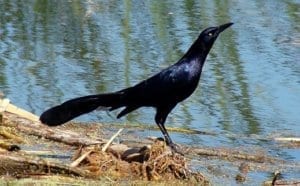
Fig. 2. If you have a big tail (excuse me) then why not display it?
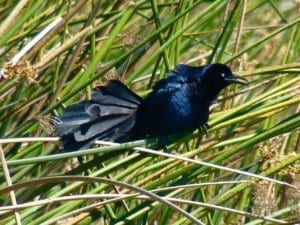
Fig. 3. The smaller female also looks pretty alluring in display.
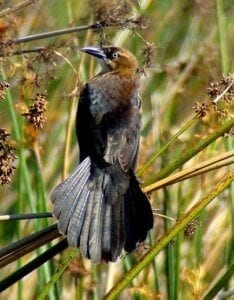
Fig. 4. A juvenile looking for crawdad at Ellis Creek last week, when they drained Pond A.
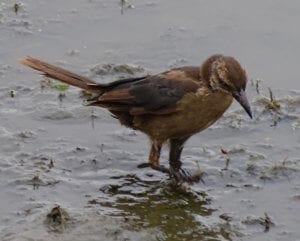
Fig 5. A male body slams a big crawdad at Ellis Creek.
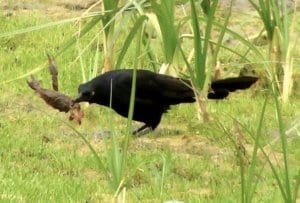
2017 Update:
Next to Pond C, I saw an adult male on top of the photo board there. It was looking down.
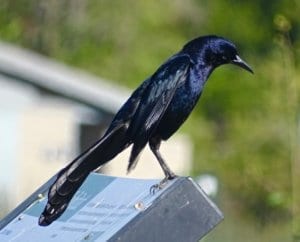
Here is what he was watching:
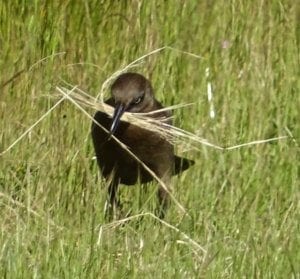
A female was gathering dead grass – obviously, nesting material! I watched her fly down to a large clump of tule in the western part of the seasonal pond at the entrance to the facility. She made several trips. The male followed but landed on the photo board next to the park bench, and not far (75 feet?) from the clump.
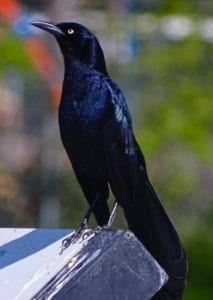
I sat on the bench, after he flew to the top of the tule’s. This was a great spot to view the nest site, but she was not visible, obviously inside, forming the conical nest they make. Visible activity slowed, so I left.
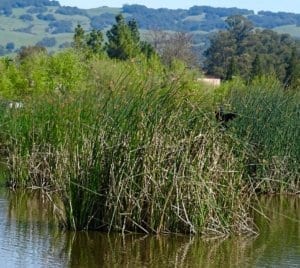
April 2, 2017
All was quiet as I walked past my “viewing bench” so I decided to view the ponds for any new activity. Soon as I got to the trail south of Pond C, I looked down and now there was activity on the nesting site. Both the male and female were there.
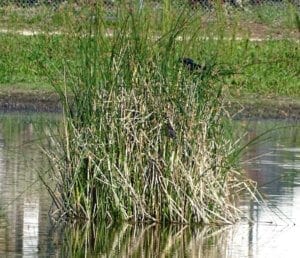
This is looking north from Pond C, so 90 degrees more than if you saw them from the bench. The male is upper-right and she is outside her nest. Returning to the bench, I spotted her entering it. And then there was peace and quiet – so much so, that I left her to her work.
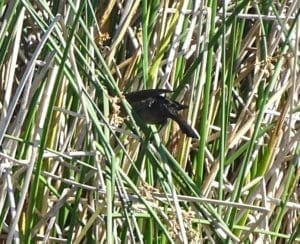


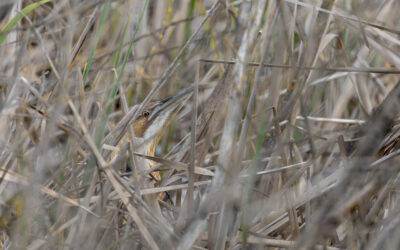
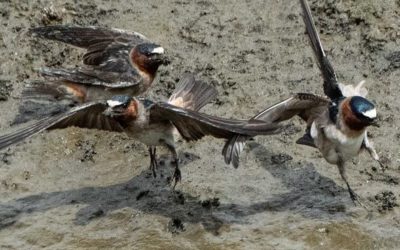
We are seeing these in Nebraska, there is a small flock around our neighborhood in Lexington, Nebraska.